The global trading system is facing unprecedented strain as unilateral trade restrictions proliferate at an alarming rate. According to recent WTO data, the value of trade affected by such measures has ballooned to a staggering $887.7 billion in 2024 - a figure that underscores the growing fragmentation of international commerce. This surge represents a dangerous departure from the rules-based multilateral system that has governed global trade for decades.
Behind these eye-popping numbers lies a fundamental shift in how nations approach trade policy. What began as temporary safeguards during economic crises has evolved into a new normal of protectionist measures. Governments increasingly resort to tariffs, export controls, and import bans without waiting for WTO dispute settlement processes. The result is a tangled web of restrictions that threatens to unwind decades of trade liberalization.
The current landscape reveals a troubling paradox. While global supply chains have become more interconnected than ever before, national policies are pulling in the opposite direction. Strategic sectors like semiconductors, renewable energy components, and critical minerals have become particular flashpoints. Countries justify these measures as necessary for national security or industrial policy objectives, but the cumulative effect is choking the free flow of goods.
Developing economies find themselves caught in the crossfire of this trade policy arms race. Many lack the domestic capacity to quickly substitute restricted imports or find alternative export markets. The WTO reports that middle-income countries account for nearly 40% of affected trade flows, with some facing cascading restrictions from multiple trading partners simultaneously. This comes at a time when many are still recovering from pandemic-era economic shocks.
Trade analysts point to several converging factors driving this trend. Geopolitical tensions have increasingly spilled over into economic relations, with national security concerns overriding traditional trade considerations. The weakening of the WTO's dispute settlement system has removed a critical check on unilateral actions. Meanwhile, the rise of industrial policy across major economies has created new rationales for protectionism, often framed as "leveling the playing field" or ensuring "strategic autonomy."
The sectoral breakdown of affected trade tells its own story. High-tech products account for nearly a quarter of restricted trade flows, reflecting intense competition in advanced manufacturing. Agricultural commodities represent another significant portion, as food security concerns prompt more export curbs. Even traditional manufacturing sectors like steel and aluminum continue to face numerous restrictions despite decades of trade agreements aimed at liberalizing these markets.
What makes the current wave particularly concerning is its self-reinforcing nature. Each new restriction tends to provoke retaliatory measures, creating a domino effect that spreads across trading relationships. The WTO has documented over 120 new unilateral trade measures implemented just in the first half of 2024 - a pace that far exceeds previous years. This tit-for-tat dynamic makes it increasingly difficult to de-escalate tensions once they emerge.
The economic consequences are becoming increasingly visible. Global trade growth has slowed markedly, with the ratio of trade expansion to GDP growth falling to its lowest level in over a decade. Supply chain managers report spending up to 30% more time navigating trade compliance issues compared to pre-pandemic levels. Some multinationals have begun factoring trade policy uncertainty into their investment decisions, potentially reshaping global production networks for years to come.
Behind the statistics lie real impacts on businesses and consumers. Small and medium enterprises that lack the resources to navigate complex trade barriers are being disproportionately affected. Consumers in many countries are facing higher prices for imported goods, exacerbating inflationary pressures. The WTO estimates that the cumulative effect of recent trade restrictions could reduce global GDP by as much as 0.8% annually if left unchecked.
The political dimensions of this trend are equally troubling. Unilateral trade actions often generate short-term domestic political benefits, making them tempting tools for policymakers. However, they frequently fail to address underlying economic challenges while straining diplomatic relations. The erosion of trust between trading partners makes it harder to coordinate responses to genuine global challenges like climate change or future pandemics.
Some experts warn we may be approaching a tipping point for the multilateral trading system. The WTO's most recent ministerial conference failed to produce meaningful progress on reforming dispute settlement or curbing protectionism. With the organization's rulebook increasingly out of sync with 21st century trade realities, members are taking matters into their own hands - often with little regard for the systemic consequences.
Not all the news is negative. Some regions have bucked the trend by deepening economic integration. The African Continental Free Trade Area continues to make progress, while Southeast Asian nations have largely resisted the pull of protectionism. These examples demonstrate that alternatives to unilateralism exist, even in the current challenging environment.
The path forward remains uncertain. Some advocate for WTO reforms that would modernize trade rules and restore an effective dispute settlement mechanism. Others suggest focusing on plurilateral agreements among like-minded nations as a pragmatic alternative. What's clear is that without course correction, the world risks sliding further into trade fragmentation that could leave all nations poorer.
As trade ministers prepare for the next WTO ministerial meeting, the stakes could hardly be higher. The $887.7 billion figure serves as both a warning and a call to action. Whether it will prompt a return to cooperative approaches or accelerate the unravelling of multilateral trade rules remains one of the most critical economic questions of our time. The decisions made in the coming months may well determine the trajectory of globalization for decades to come.
The business community finds itself in a particularly difficult position. While many companies support rules-based trade, they increasingly feel compelled to adapt to the new reality of trade restrictions. Supply chain resilience has become a top priority, with many firms diversifying suppliers or reshoring production - often at significant cost. This corporate response, while understandable, risks becoming another factor entrenching trade fragmentation.
Historical parallels offer both caution and hope. The pre-World War I era shows how escalating protectionism can contribute to economic instability, while the post-World War II experience demonstrates the benefits of cooperative approaches. The question is whether today's policymakers will heed these lessons before the damage to the trading system becomes irreversible.
One thing is certain: the dramatic surge in unilateral trade restrictions represents more than just a temporary deviation from normal trade relations. It reflects deeper shifts in how nations view economic interdependence in an era of strategic competition. The $887.7 billion figure for 2024 may well be remembered as either a wake-up call or a milestone in the decline of multilateral trade - the direction remains in the hands of policymakers worldwide.

By Sophia Lewis/Apr 6, 2025
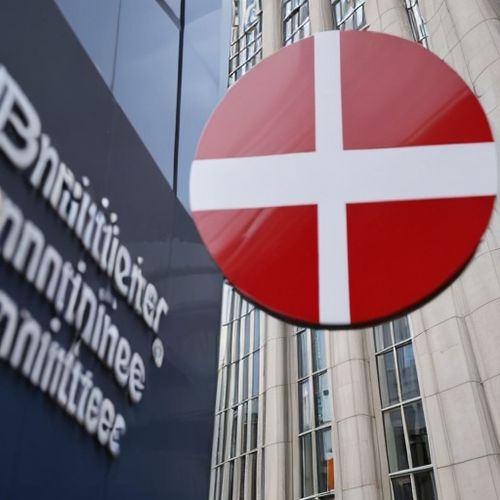
By Thomas Roberts/Apr 5, 2025
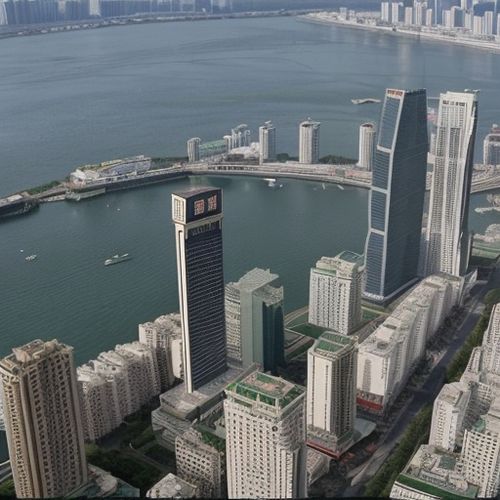
By Emma Thompson/Apr 5, 2025

By Sarah Davis/Apr 5, 2025

By John Smith/Apr 5, 2025
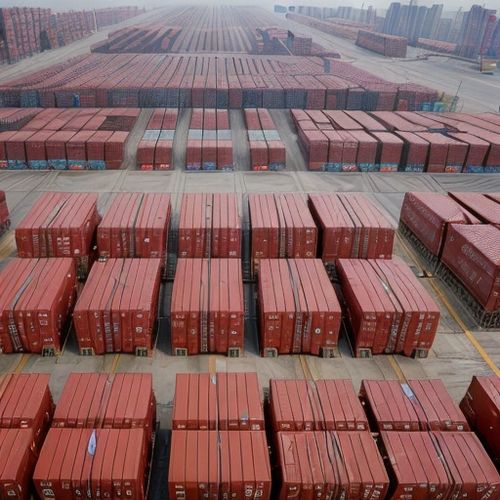
By Laura Wilson/Apr 5, 2025

By Christopher Harris/Apr 5, 2025

By Emma Thompson/Apr 5, 2025
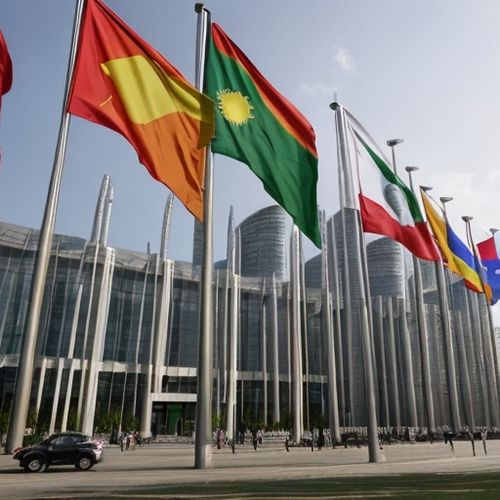
By David Anderson/Apr 5, 2025

By James Moore/Apr 5, 2025

By James Moore/Apr 5, 2025

By Natalie Campbell/Apr 5, 2025

By David Anderson/Apr 5, 2025

By Grace Cox/Apr 5, 2025
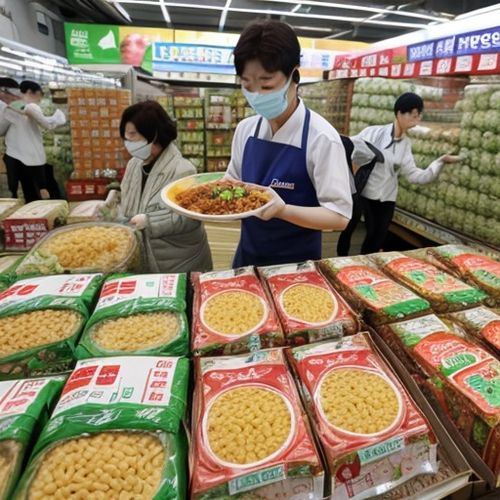
By Thomas Roberts/Apr 5, 2025

By Christopher Harris/Apr 5, 2025

By Michael Brown/Apr 5, 2025